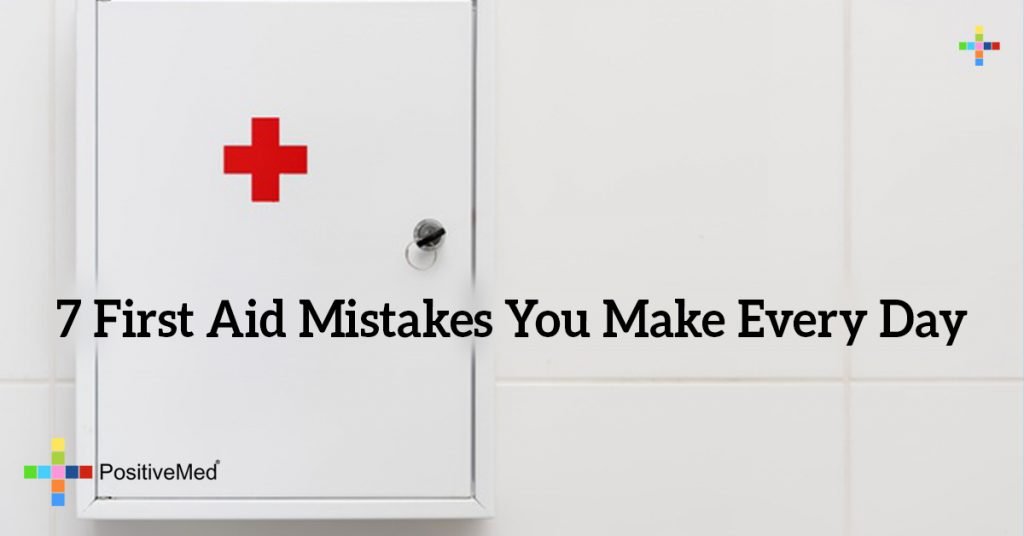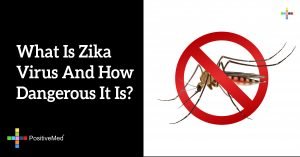
7 First Aid Mistakes You Make Every Day
SPANISH TRANSLATION: 7 ERRORES EN LOS PRIMEROS AUXILIOS
Many of us have taken a Red Cross First Aid course only to find that we’ve forgotten much of it over the years. Our article below may help refresh our memories with the five most common mistakes done by first aid responders that worsen a health-threatening situation and not help it.
Taking A Splinter Out
Your body will not push a splinter out on its own and the longer you leave it in, the harder it will be for it to come out. For a splinter slightly underneath the skin, the best option is to use tweezers to get it out right away. In the case of a tiny splinter, a glass splinter or a metal splinter is best left to a doctor as they all tend to cause an infection if not pulled out right away.

Using Rubbing Alcohol To Cool A Fever
Alcohol evaporates quickly and only gives a cooling sensation; however, it doesn’t do a thing to reduce the temperature or break a fever. Applying a cool towel to the forehead, taking a lukewarm bath, keeping the room cool, taking plenty of bed rest, fluids and pain relievers such as white willow bark and turmeric. Gingerroot or ginger tea is effective ways to reduce a fever.
RELATED ARTICLE: 9 Alternative Ways To Relieve Your Pain Without Ibuprofen/NSAIDs
Pouring Hydrogen Peroxide On Open Wounds
While hydrogen peroxide does kill bacteria, it also breaks down healthy cell walls. It’s better to wash with plain soap and tap water and let the pressure from the faucet help remove any dirt as the soap disinfects.

Applying Butter To Soothe A Burn
With approximately 20,000 people being injured from burns each year, it behooves first aid responders to know the basics of treating a burn. Depending on the severity of the burn, butter or oil of any kind may increase the risk of having the oil actually “cook” the skin even further and lead to an infection.
Treating burns with cool water poured on the burn for at least 20 minutes is best. Do not apply ice as it may increase adverse reactions of the skin. If the burn starts to blister, cover with a dry sterile dressing and see the doctor.
If one is at hand, a mild kitchen burn may sometimes be treated with the gel inside part of a leaf from an Aloe Vera plant. It’s always a good idea to keep an Aloe plant by your kitchen door.
RELATED ARTICLE: Herbal first aid for minor burns and scalds
Applying A Heat Pad To A Sprain Or Fracture
In reality, applying heat in any form increases inflammation and prolongs the healing of an injury. Applying ice for 20 minutes is the way to go for this type of situation, but be certain to keep the injury covered by a towel in order to prevent possible frostbite of the skin.
Remember R.I.C.E: rest, ice, compression, and elevation:
1. Rest and keep any weight off the injury
2. Ice shouldn’t be left on the injury for more than 15 to 20 minutes at a time; moreover, wait 40 minutes to 45 minutes before applying it again.
3. Compression by an elastic bandage or off-the-shelf compression wrap helps keep the injury immobile and at the same time supported.
4. Elevation to the level of the heart is best for lessening any pain or inflammation of an injury.(3)
RELATED ARTICLE: 7 Ways to Strengthen Your Ankles to Avoid Twists and Sprains
Bloody Nose
Elevating a bloody nose is not a good idea because, one may think the bleeding has stopped when it really hasn’t and when you tip your head back all of the blood runs down your throat. You swallow it, it irritates your stomach, and then you possibly throw up. Rather, lean slightly forward and pinch your nostrils. Apply pressure for 5 to 10 minutes and then check to see that the bleeding has stopped. If the bleeding hasn’t stopped after 10 to 15 minutes, you might want to consider seeing a doctor

Rubbing Irritated Eyes
Your first instinct is to rub your eye if a small amount of dirt flies into it or sticking your finger to pull out an eyelash or speck of dust. Although most people already know rubbing your eyes is a no-no, some of us still do it anyway. When in fact by rubbing the irritated eye will just move the dirt around and scratch up the surface of your eye and our hands are some of the dirtiest parts on our body, and can easily introduce infection-carrying bacteria to your eye. Simply rinse your eye under tap water or with a saline solution until it feels better. If you accidently sprayed cleaning chemicals in your eye, it is suggested to contact poison control to find out exactly what you just sprayed into your eye and whether you’ll need further medical care and in the meantime rinse for at least 15 minutes with your head tilted to the side.

When was the last time you took a First Aid course? If never, would you consider doing so now?





